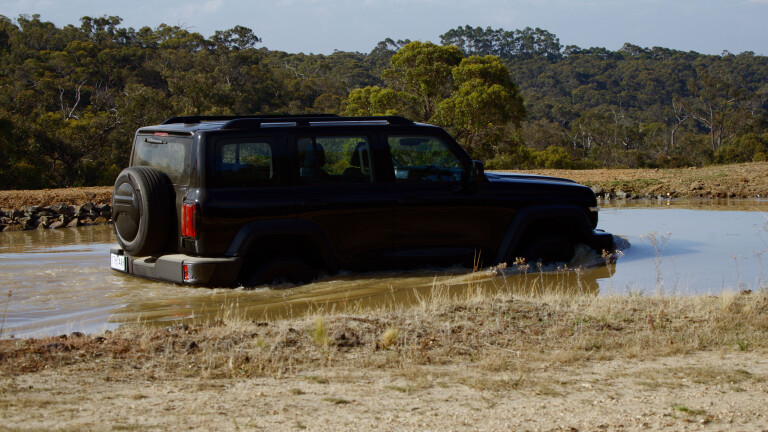
Electric vehicles (EVs) may be making all the headlines when it comes to the future of the automotive industry, but it will be hybrids making up the significant numbers in the future transition away from traditional petrol and diesel cars.
What’s more, hybrids are set to evolve away from the now relatively common non-plug-in models towards an increasing adoption of plug-in technology, which is the logical halfway step between cars that rely entirely on their internal combustion (IC) engines and EVs.
By EVs I’m referring to battery EVs, as it’s hard to see how hydrogen fuel-cell EVs will ever become mainstream given the difficulty in creating widespread hydrogen distribution infrastructure.
The problem ahead for the auto industry is the proposed ban on the sale of new diesel and petrol cars in many major markets around the world within the 2030-35 timeframe. Right now, this may be no more than political flag-waving but, nevertheless, the writing is on the climate-change wall.

How things will play out in terms of hard legislation when the time comes is difficult to say but will essentially hinge on the treatment of hybrids.
Conventional non-plug-in hybrids seemingly won’t avoid the bans but plug-in hybrids that have a substantial enough EV-only range to satisfy a regulatory standard may be able to be classified as EVs.
Done right, a plug-in hybrid should be able to do most of what’s asked of it in terms of a daily, limited-distance driving regime without having to resort to using the IC engine, which would only come in to play for longer distance driving.
Hybrids that use a small IC engine to power an electrical generator to charge the battery and thereby extend the driving range – without that IC engine directly driving the wheels – may also get around any bans.
Thanks to Toyota, its Prius hybrids have been around for more than 20 years, but without a plug-in facility they can’t close the environmental loop where cars run on electricity generated via solar or wind power.
With ever-tighter emissions regulations, diesel’s days are numbered
Non-plug-in hybrids are essentially a more efficient version of a petrol (or diesel) car as they use the electric side of their powertrains to recapture, store and reuse some of the energy from their fossil-fuel source that would otherwise be lost.
Nevertheless, the union of an electric motor to an IC engine is a happy one in any sort of hybrid, as the electric motor is at its strongest where the IC engine is at its weakest and least fuel efficient, namely in the initial effort in getting a car moving from stationary. In effect, the electric motor is used to fatten up the IC engine’s torque output off idle and at low engine speeds.
A hybrid’s key problem is finding space for both the IC engine and the electric motor/generator, which is the key component of the hybrid’s energy recycling system. There’s also the problem of finding room for the hybrid system’s battery as well as the fuel tank, and all without compromising passenger or luggage space.
The fuel tank/battery packaging problem is compounded by the lithium-ion batteries in question being less energy dense than petrol or diesel fuels, so you don’t get as much energy from the battery as you would from a same-size diesel or petrol tank.

By their nature plug-in hybrids have much bigger batteries than non-plug-ins, given their external charging means you can make the battery as big as you like within obvious constraints, which brings the obvious benefit of more range in EV-only mode, a key goal in all this endeavour.
The positive in terms of packaging is that plug-in hybrids will get away with smaller IC engines with four or fewer cylinders and capacity capped around two litres, even for powering bigger and heavier vehicles, 4x4s included. Petrol will be the favoured fuel while turbocharging, which helps a small capacity engine produce the torque of a larger engine, and will be standard practice. Electric superchargers could be used, too.
Diesel-electric hybrids will most likely not be in the mix, even if the likes of Range Rover and Porsche (with its Cayenne) have gone down this road before thanks to a ready-made hybrid transmission with an electric motor/generator supplied by German transmission specialist ZF, which made it relatively simple to create these particular diesel-electric hybrids.
Diesel engines don’t hybridise as well as petrol engines as there is less energy to recoup given a diesel’s much higher compression ratios mean higher pumping losses. With ever-tighter emissions regulations, diesel’s days are numbered anyway.

COMMENTS